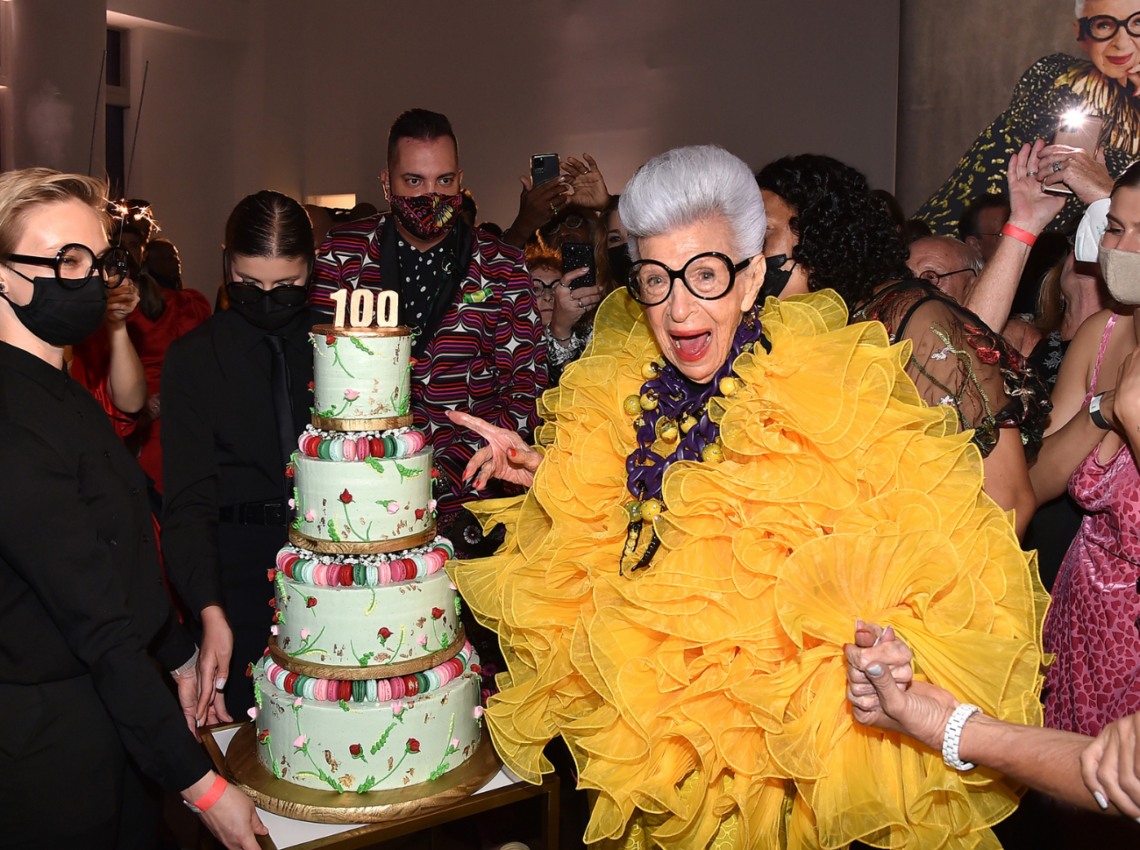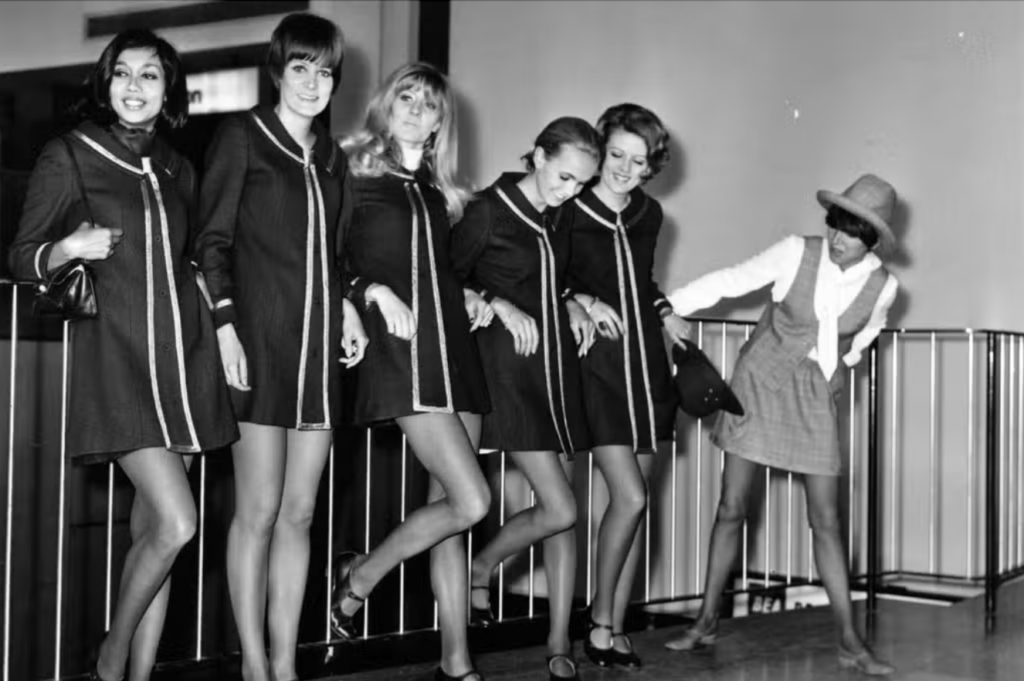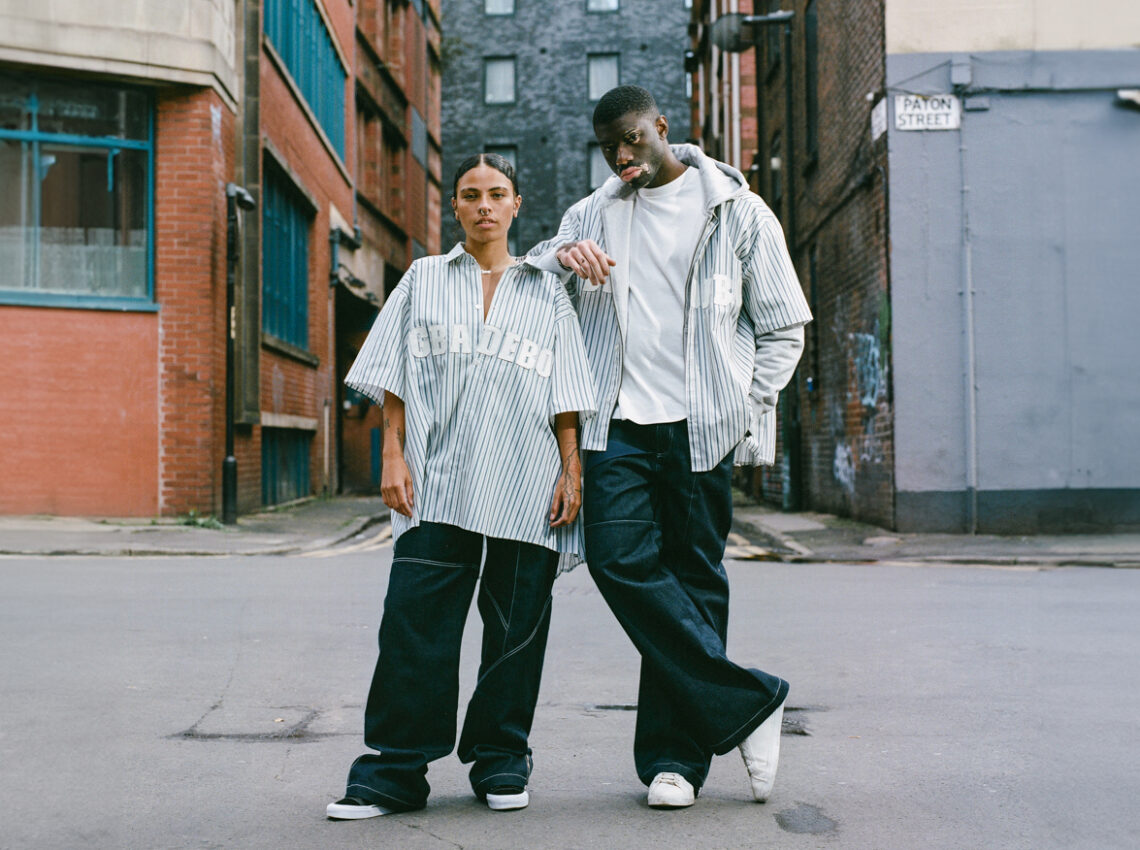Social Media Pigeon Holing and The Death of Personal Style


In an era where one can make a living from sharing your life, the outward representation of self has never been more commercialised. From fashion influencers to podcast hosts, more and more people are using social media to curate a persona for financial gain. This has produced a new revenue stream for a generation that were children during the 2009 financial crash and now young adults during the financial aftermath of Covid, the worst cost of living crisis since the great depression. However, it has also resulted in the death of personal style.
As the name suggests, personal style is personal to each of us and as such it should reflect how we live, how we see the world and how we want to be seen. Now, as humans we naturally group together based on similar social-economic views and realities, hence the creation of fashion trends. But what makes this generation different is the obsession of pigeon-holing oneself into present groups which has been exacerbated by social media.


The key to social media success and the financial gain that follows is “finding your tribe” online, or your niche. This builds a parasocial relationship between the content creator and their followers which then can be leveraged by brands to sell products and services thanks to the creators’ cosign. A relatively rudimentary form of marketing that is just a larger form of word-of-mouth, influencer marketing really found its stride in 2014, by which time brands were choosing influencers for marketing campaigns that they were formerly choosing celebrities for.
But how does this affect personal style?
Social media platforms work by using algorithms to figure what content you’ll enjoy, with the aim of keeping you on the platform for longer. The longer you’re on the platform, the more data they can mine from your activity and the more valuable this data is. Whether this data is sold to companies for research or simply to make sure you get shown the most relevant adverts, the apps are free because the users are the commodity. These algorithms work by pigeonholing users into core categories. Now for data mining and research this is the perfect approach, but this also means that niching down has proven to be key to being successful as a content creator on social media.
So, when we are dressing to post we start thinking and therefore dressing with these algorithms at the forefront of mind, instead of self expression. It’s no longer what I want to wear today, instead it’s what will fit neatly into three to five hashtags, and what will draw the most engagement
Instead of just wearing a flowy vintage style midi dress for a cute picnic in the park with friends, your whole aesthetic is now “cottage core” because those pictures received the most positive attention online. Others start noticing that your profile is growing from posting cutesy, girly pictures and videos so they copy and paste. They buy the same dress, amazon picnic basket, do the same hairstyle and post similar pictures. Unsurprisingly, they also received positive feedback online, and just like that we have a viral trend.


However, as this trend is manufactured from a joint goal in financial gain, it is not a lifestyle trend and thus the fashion element is short lived. Unlike organic trends caused by socio-economic and political changes that show a generational change in views, the trend dies out as the market becomes oversaturated and then we have the next short lived viral trend.


Mini skirts gained popularity as a direct response to 1960s changes in views on femininity. Shoulder pads gained popularity in the 1980s as more women entered the workplace and wanted a more defined, sharp silhouette to match their male colleagues. Utilitarian clothing with fewer patterns became popular in the 1940s due to war time fabric rationing. So, if the times of purpose driven fashion are in the past, what is driving us to dress the way we do now?
A large part is still functional. Regardless of how much you may love avant garde, elaborate pieces; a fur trimmed corset has no place in a gym or when hiking. A large part is what is appropriate for the audience, when in a corporate setting there are some unspoken and spoken rules for dressing. But, outside of those instances how do you choose what to wear?
This is where the core problem lies. As we consume more and more information we leave less space for introspection and with reduced individual thought we find ourselves duplicating outfits instead of merely drawing inspiration from others. We see this in the rise of young people buying counterfeit goods from sites such as Aliexpress and DHGate; as the appearance of being able to afford high ticket items is seen as key to building a successful online persona. No longer are we shopping because we are a part of a group whether politically or socially, or to create conversation. Instead we are creating content to appear as something other than what we are. This is a tried and true way of gaining online success. By appearing more affluent than the reality you allow yourself to gain more followers and therefore influence, allowing you to increase your rates to brands and therefore you actually do become more affluent. It is the simplest form of a self fulfilling prophecy.
So, we have young people being able to create a career for themselves in turbulent financial times. We have brands partnering with the aforementioned young people, allowing them to effectively market to the correct audiences. So wherein lies the problem?
Creativity. Expression. Identity.
This is why fashion is important and this is what is at risk with the current state of personal style. We all know that the runway is often inspired by street style and street style is inspired by the runway. Fashion is a living breathing organism and as such needs to be fed by original ideas. Without originality, where is the future of fashion?
We’re seeing it already, spearheaded by globalisation and such a narrowing of variety in stimuli resulting in similarities during every fashion week. Gone are the days of city specific fashion, currently we barely have regional differences. Self referential fashion has gone to the extreme creating microtrends.
So what does the future hold? Where is the future of fashion if we are all just copying each other?
Read more fashion content from GUAP here.





![ZINO VINCI’S ‘FILTHY & DISGUSTING’EP BRINGS YOU TO THE CORE OF THE ARTIST [@ZinoVinci]](https://guap.co/wp-content/uploads/2023/10/Zino-4.jpg)



